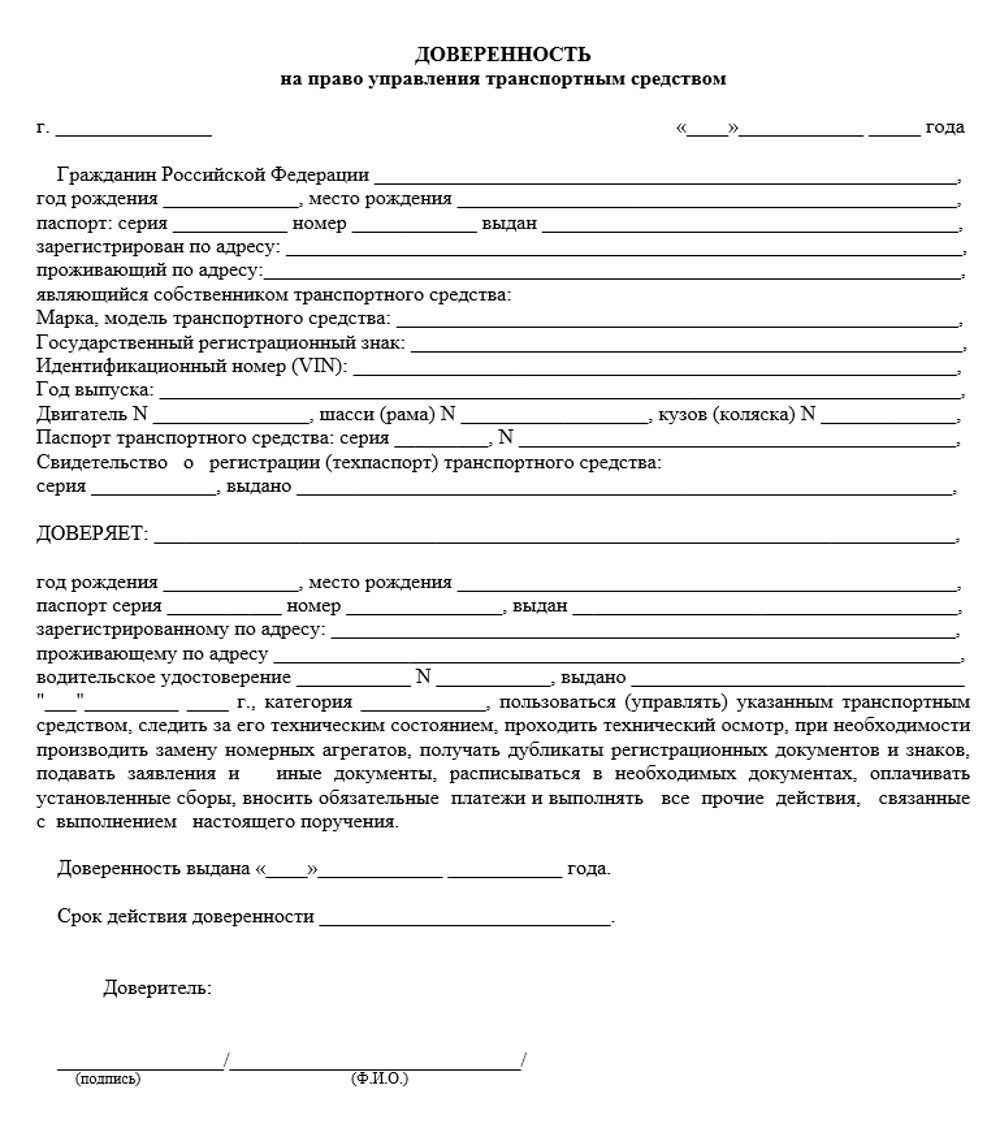
Blank Doverennosti Dnr
A Do Not Resuscitate Order (DNRO) is a form or patient identification device developed by the Department of Health to identify people who do not wish to be resuscitated in the event of respiratory or cardiac arrest. Feb 2, 2016 - Sometimes your towing needs will increase, and you don't want to have.
You may have heard about a new kind of health care directive in Louisiana, called a Physician Order for Scope of Treatment (LaPOST) form. Here, we discuss what a LaPOST form is and when you need one. What Is a LaPOST Form? Baya marathi magazine full albums youtube.
A LaPOST form is a doctor’s order that helps you keep control over medical care at the end of life. Like a Do Not Resuscitate (DNR) order, the form tells emergency medical personnel and other health care providers whether or not to administer cardiopulmonary resuscitation (CPR) in the event of a medical emergency.

A LaPOST form may be used in addition to -- or instead of -- a DNR order. The LaPOST form may also provide other information about your wishes for end-of-life health care, as explained just below.
How to Make a LaPOST Form A health care professional can help you create a LaPOST form if you enter a medical facility or health care setting -- such as a hospital, nursing home, or hospice care in a facility or at home. To be legally valid, the LaPOST form must be signed by a doctor. (Louisiana Statutes § 1299.64.2.) You or your legally appointed health care decisionmaker must also sign the LaPOST form. If a member of the medical staff does not ask you whether you want to create a LaPOST form, you may ask for one. The LaPOST form is usually printed on bright gold paper so it will easily stand out in your medical records. The form travels with you if you move from one health care setting to another. You can change it or cancel it at any time.
How Does a LaPOST Form Differ From Other Health Care Directives? A LaPOST form differs from a DNR order in one important way: The LaPOST form also includes directions about life-sustaining measures in addition to CPR, such as intubation, antibiotic use, and feeding tubes. The LaPOST form helps medical providers understand your wishes at a glance, but it is not a substitute for a properly prepared advance directive (living will) and durable power of attorney for health care. Taken together, an advance directive (living will) and durable power of attorney for health care provide more information than a LaPOST form, including details about your health care agent, more complete health care wishes, and your preference for organ donation. Therefore, if you have a LaPOST form, you do not need a DNR order, but you should still complete additional health care directives to provide a full set of wishes about your care. Which Health Care Directives Do You Need? You need to consider a LaPOST only if you're facing a life-threatening medical condition.
If you're healthy, you need only an advance directive and durable power of attorney for health care to provide a full set of wishes for your treatment in the event of an unexpected accident or medical crisis. On the other hand, a patient diagnosed with a terminal illness or frailty that requires care in a medical setting -- or ongoing care at home -- may need a LaPOST form in addition to traditional health care directives.